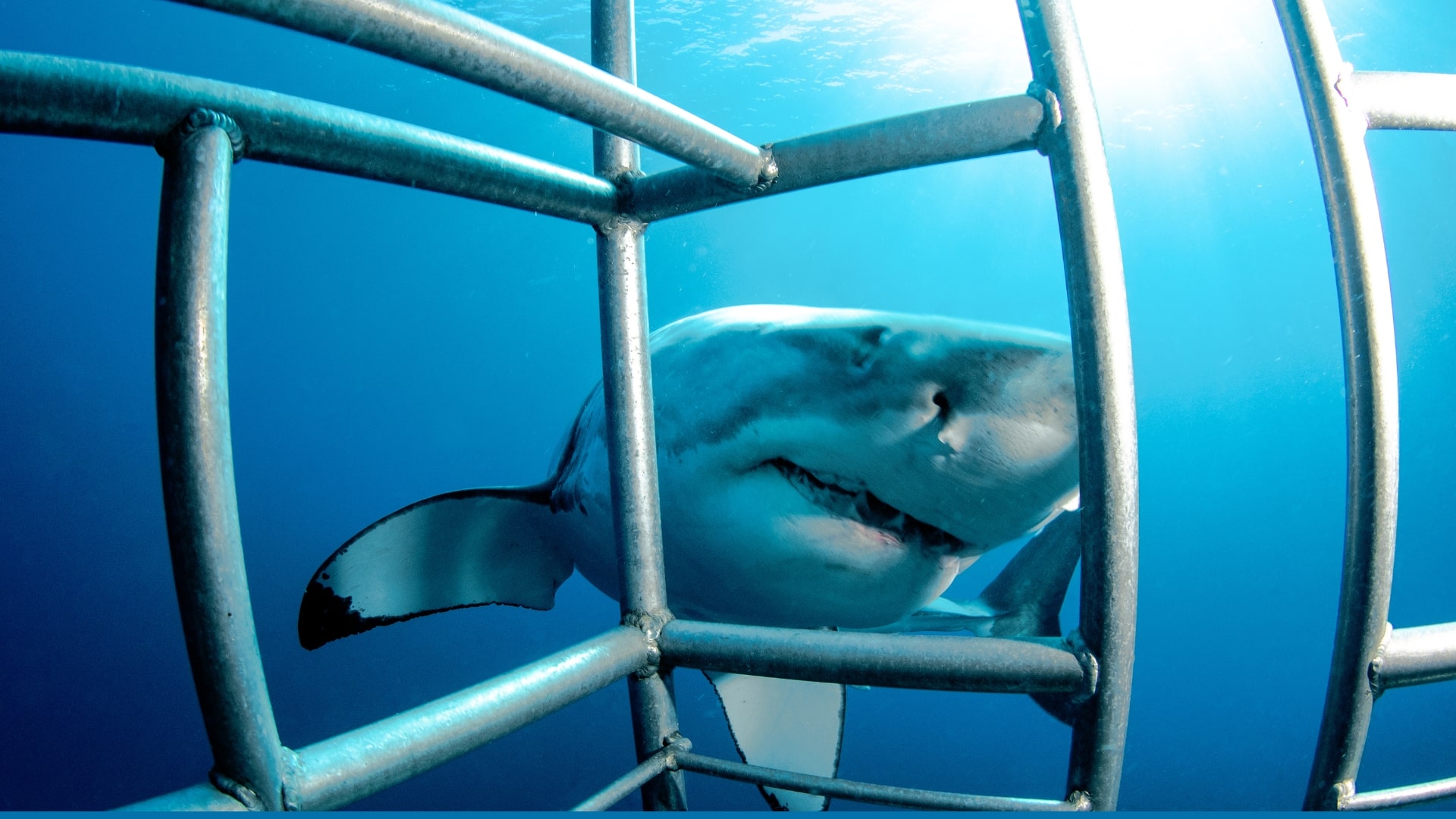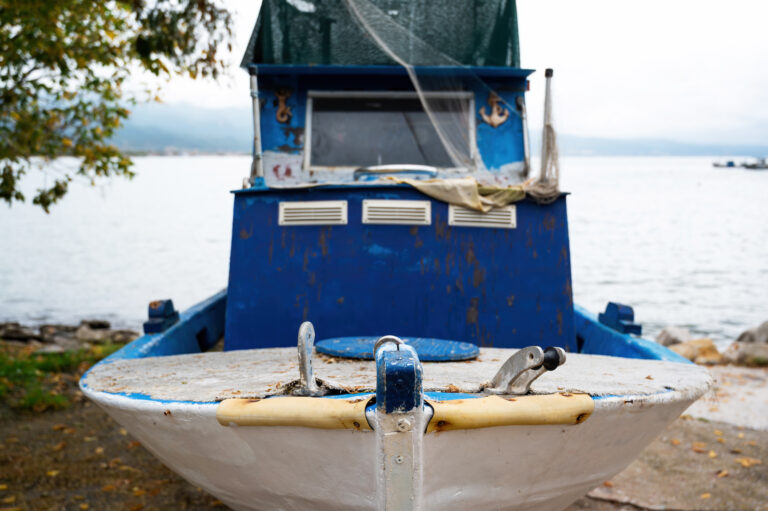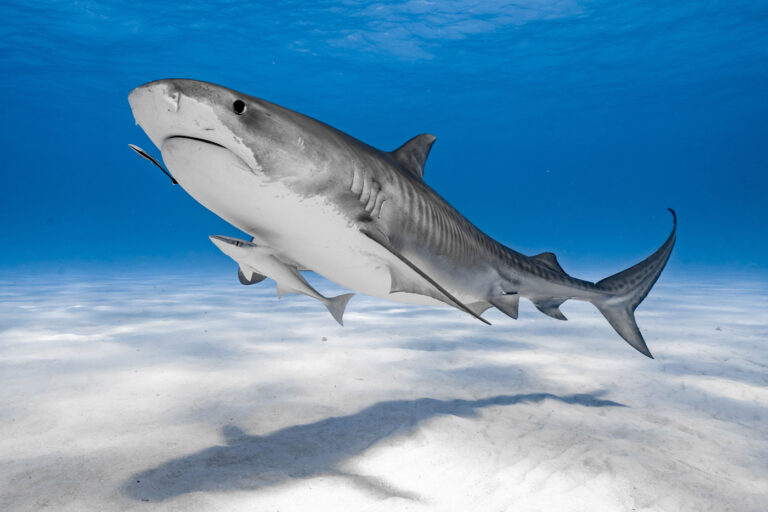By Courtney Cooper
Behavioral Quirks: Why do Sharks Bite the Cage?
Imagine you’re peering from inside a sturdy cage off the coast of Cape Town, South Africa, captivated by the blur of a shark’s tail—and then, unexpectedly, you feel the cage shake as the shark tests its boundaries. It’s a thrilling moment, but what exactly drives that nibble, that tap, or even a full-on bite at the cage?
While shark cage diving in Cape Town, these investigative moments often happen when a shark interacts with our boat and cage, not out of aggression, but as part of its instinctive curiosity. Let’s untangle this enigma, layering technical insight with a conversational vibe.
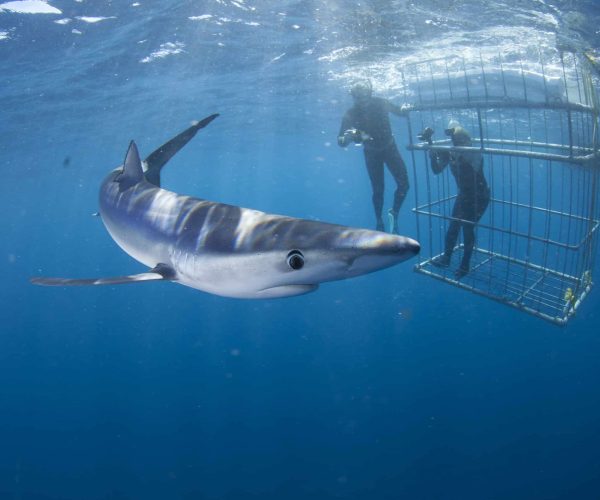
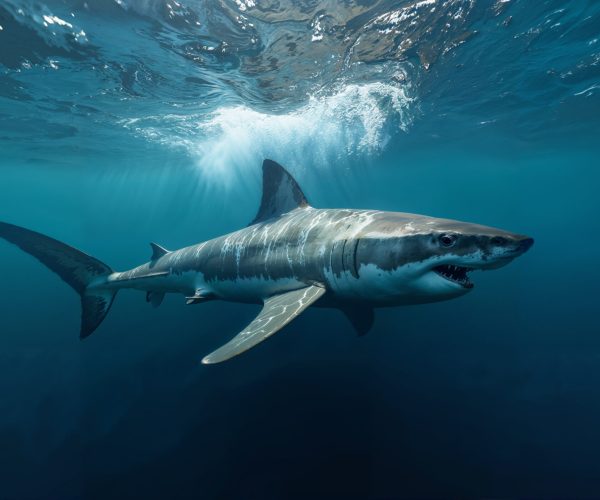
Curiosity, Agonistic Displays & Dominance Dynamics
Sharks aren’t mindless predators—they possess nuanced social behaviors. In South African waters, sharks establish dominance hierarchies—larger individuals typically assert themselves over smaller ones, with rituals and warning bites rather than full-scale aggression. Biting the cage may often be an agonistic display, akin to “testing” or asserting dominance—not aggression toward humans, but rather a communicative behavior.
Sensory Exploration & Investigatory Behaviour
Sharks use their mouths like curious hands. Research at Seal Island (Cape Town) reveals white sharks often engaged in investigatory behaviors—tapping or biting objects at the surface, including cages, not out of aggression, but to explore unfamiliar stimuli. Especially when fresh bait or chum is present, sharks may exhibit more violent surface behaviors, increasing the likelihood of accidental contact with the cage.
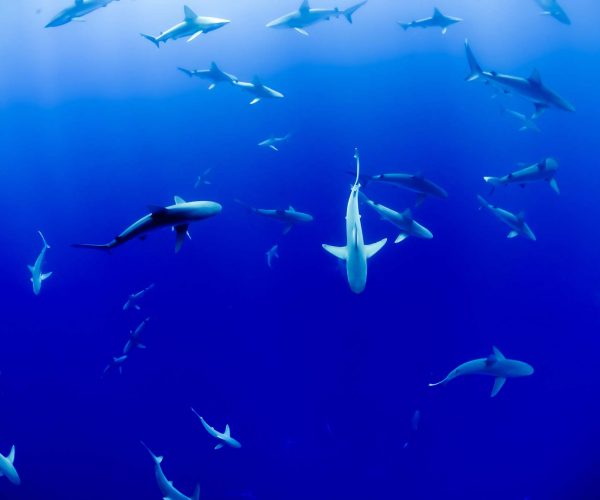
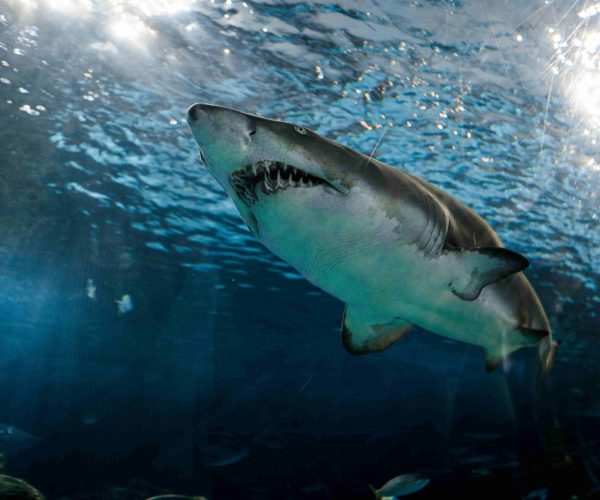
Bait Type & Behavioral Intensity
The type of bait used can significantly modulate shark behavior. A study off Guadalupe Island (not South Africa, but widely applicable) found that fresh fish and natural chum led to more intense and unpredictable surface interactions than frozen bait, even though all bait types similarly attracted sharks. In practice, operators in South Africa typically use standardized chum that’s safe and controlled to minimize erratic shark behavior.
Conditioning Myths vs. Reality
A common public concern is that cage diving conditions sharks to associate boats—or even humans—with food, making them more aggressive. However, decades of research in South Africa show no strong evidence of conditioning. Sharks travel among False Bay, Gansbaai, and Mossel Bay, and sighting data reveal no long-term site fidelity tied to chumming vessels. Additionally, studies show no conditioning or harmful behavioral impacts on juvenile and subadult white sharks from cage-diving operations.
Energy Cost of Interaction
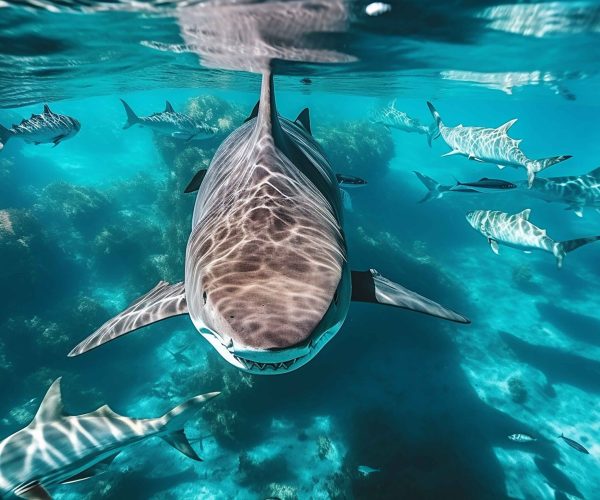
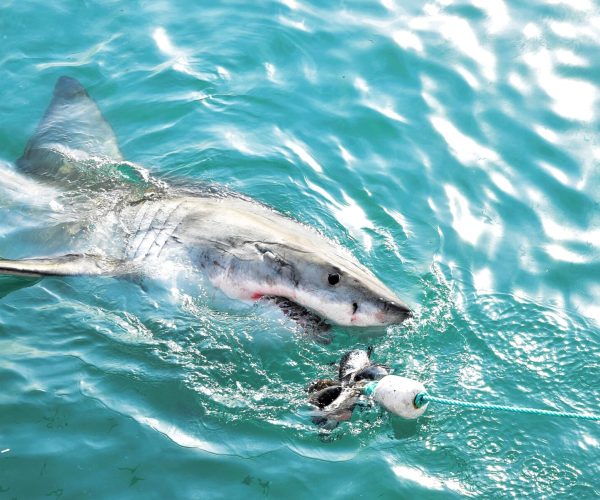
Engaging with cages comes at a metabolic cost. Research in South Australia (Neptune Islands) found that sharks interacting with cage-diving vessels experienced a 61% increase in dynamic body acceleration, a proxy for metabolic rate—meaning they expend significantly more energy during close cage interactions. While this doesn’t explain biting per se, it underscores that these interactions are energetically costly and not risk-free for sharks.
Human Safety & Risk Management
Despite occasional dramatic incidents—like the 2005 case in South Africa where a great white bit through cage bars—such events are exceedingly rare and usually not rooted in malice but in accidental or exploratory behavior. Importantly, reputable operators follow strict guidelines: no feeding, controlled chumming protocols, and sturdy cage construction to mitigate risk. Risk-management frameworks are emerging to further minimize accidents in shark-feeding ecotourism.
Putting It All Together
| Behavioral Quirk | Why It Happens |
|---|---|
| Biting/Tapping the cage | Curiosity, dominance display, sensory exploration—not aggression toward divers |
| Effect of bait type | Fresh bait causes more intense behavior; frozen/chum used in South Africa is more stable |
| Conditioning fears | Research shows negligible conditioning or site fidelity in South African contexts |
| Energy costs of approach | Increased metabolic demands during close interactions may limit repetitive behavior |
| Safety considerations | Rare incidents often accidental; strong protocols and cage standards reduce risk |
At its core, cage-diving allows a fascinating intersection of human and marine predator curiosity, not a battle of titans, but a moment of mutual investigation. Sharks bite the cage because they’re investigating a strange object in their realm. In South Africa, decades of regulated cage-diving, backed by peer-reviewed research, have demonstrated such behavior is biologically driven—not human-induced—non-conditioned—and largely safe.

